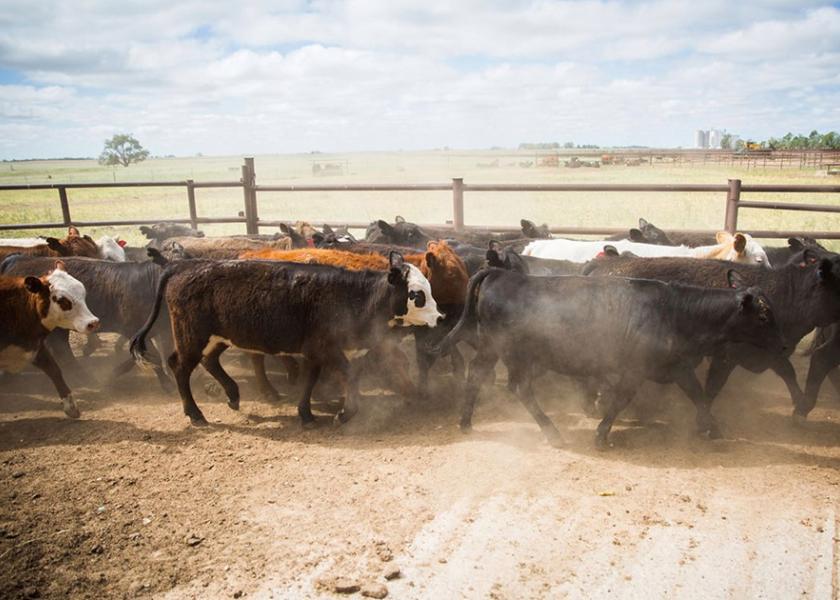How to Find Treatment Success When Antibiotics Fail

Record keeping is key to determining antibiotic failure when treating Bovine Respiratory Disease
All cases of Bovine Respiratory Disease (BRD) are not created equal. And when it comes to treatment protocols, it’s critical for cattlemen to remember antibiotic control isn’t the same for every animal affected by BRD, with each having a unique cause.
“It’s important to realize it’s a disease complex that involves a lot of different things,” explains Dr. Jeff Sarchet, senior veterinarian, beef technical services, Zoetis. “It’s like a stew, and there are a lot of ingredients in the stew. Every time you take a bite, you don’t get every ingredient, and you don’t get the same ingredient in every bite. Bovine Respiratory Disease is the same thing.”
According to Sarchet, disease pathogens differ from case to case. Some might have more of a viral impact, while others could stem from a chronic or super acute bacterial infection. Regardless, he says the key is learning ways to identify the disease pathogens, which will help determine treatment options.
“Because BRD is so complex, you can get different results with the same treatment all the time,” he explains. “So, even with controlled clinical trials, we can’t control everything and make every case similar or have the same pathogens involved. However, we can control a lot of the management and make comparisons as equal as possible.”
Beyond the Obvious
The easy way to measure success in a treatment plan is by survivability. However, according to Sarchet, survivability alone does not reveal why an animal lived. Choosing the “right antibiotic” can be influenced as much or more by an animal’s optimal immune response, lower level of stress from management or environmental factors, or lower exposure to pathogens.
“To me, more specific to the treatment success is your re-treatment rate,” Sarchet explains. “How many are you re-treating a second or a third time? You can overtreat or undertreat and make the treatment response good or bad when that’s not the case.”
Continuous monitoring is critical, Sarchet adds, and keeping accurate records is essential.
“If you keep records and watch the trends, you can identify when to investigate why those trends are happening,” Sarchet says.
While it is easy to typically identify the “why” as using the wrong antibiotic, he says that many times is not the case.
“Typically, other factors such as management—the type of cattle purchased, how quickly cattle move from one segment of the industry to the next, transportation time, nutrition, feeding practices, access to clean fresh water, or our ability to identify sick animals as early as possible when cattle instinctively — try to hide sickness from us,” Sarchet explains.
Outline the Cause
When treatment fails, assuming the wrong antibiotic was used can be misleading and may lead to using an even less effective antibiotic.
Sarchet says antibiotic failure can most often be attributed to two primary reasons—viral disease and mycoplasma.
“The key to mycoplasma is remembering that it doesn’t have a cell wall and it is always a chronic infection,” he explains. “It can infect cells of the body, just like a virus can. When that happens, it gets a ride all over the body and might spread to the lungs or joints.”
Because mycoplasma grows slowly, he says it can trick the immune system into responding in the wrong way, allowing it to stay alive in the body. Because of that, your treatment response from mycoplasma will typically take 2-3 weeks rather than 2-3 days which means your duration of treatment is just as critical as your choice of antibiotic.
Sarchet says performing diagnostics through necropsies is key to troubleshooting treatment failure however we always have to keep in mind the number of cattle that responded successfully to the treatment also.
“Remember, every case of BRD can be different but the key is to find the treatment that works on the most cattle,” Sarchet says. With viral pathogens in the mix, it’s impossible to treat every case of BRD with the right antibiotic just like it’s impossible to please every person with every bite of stew.”







